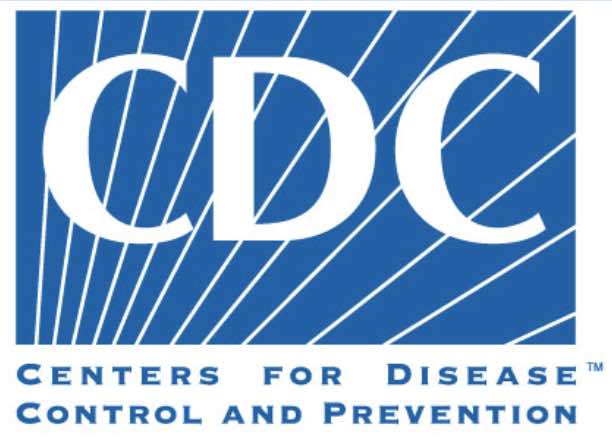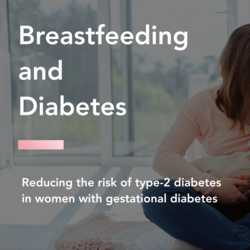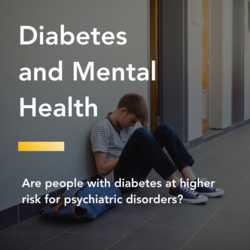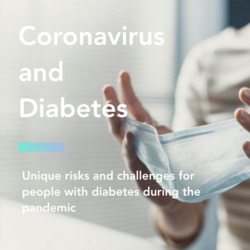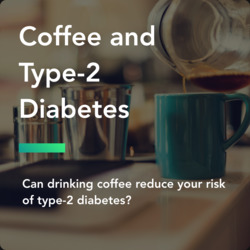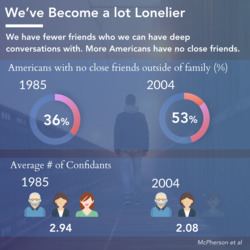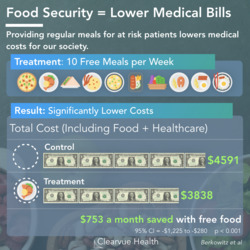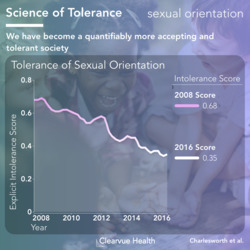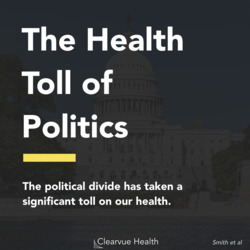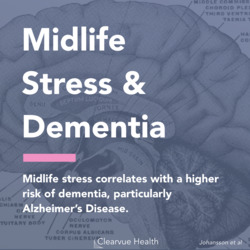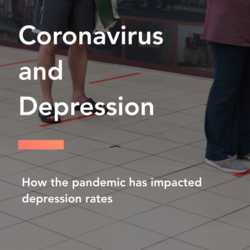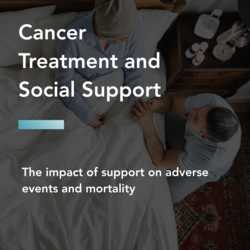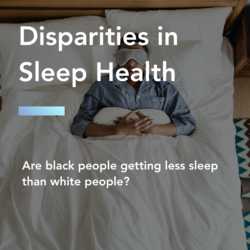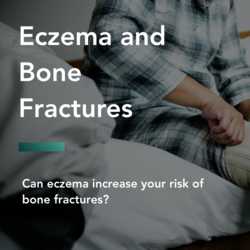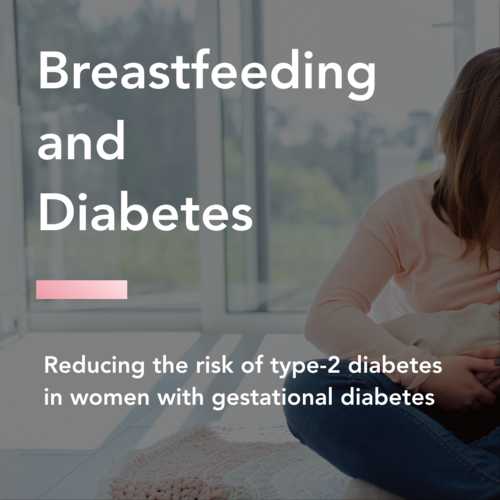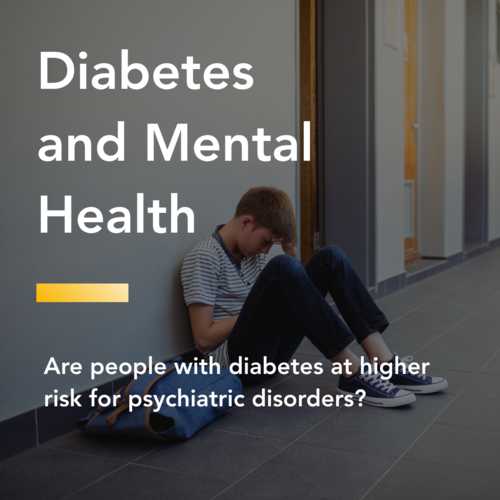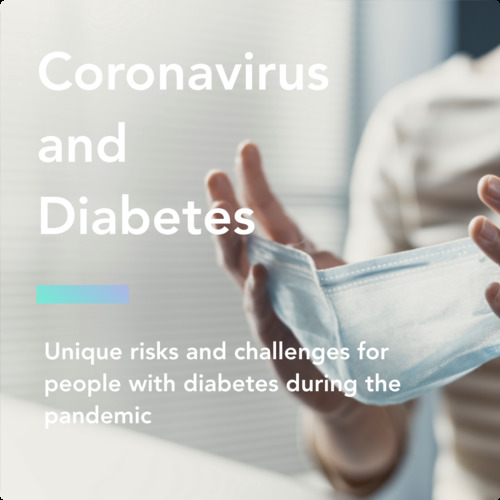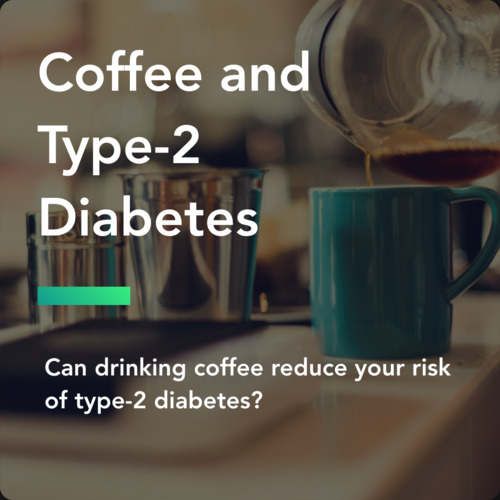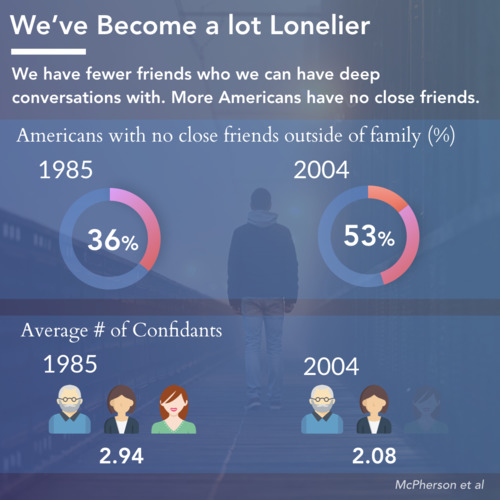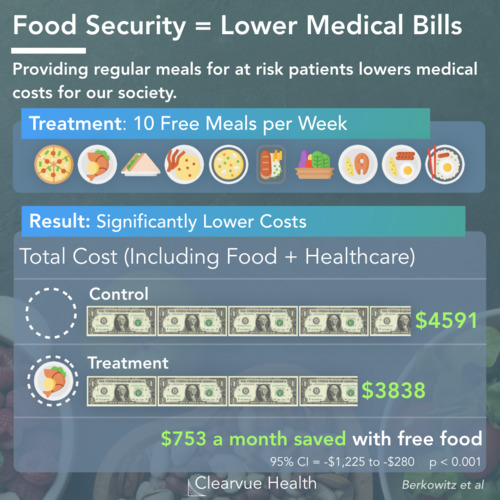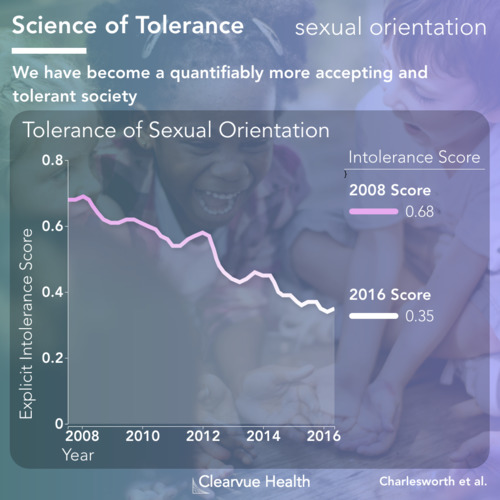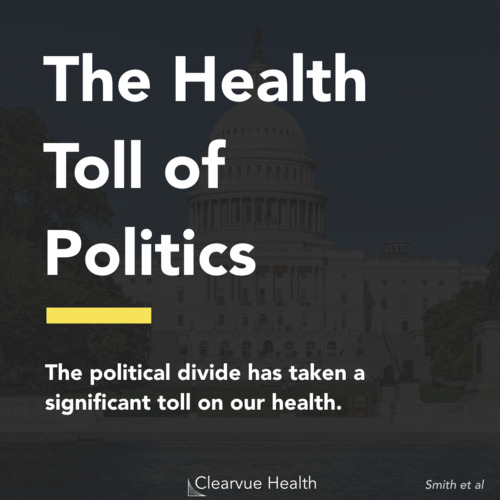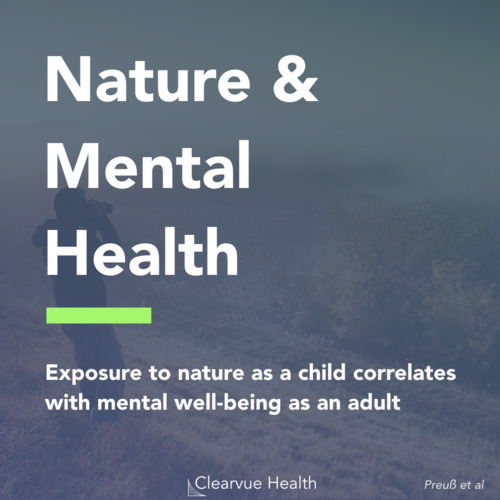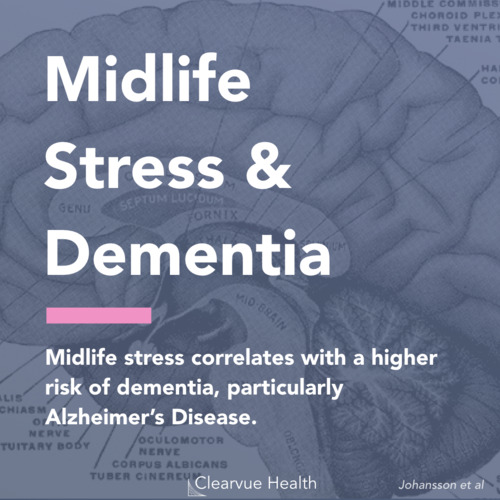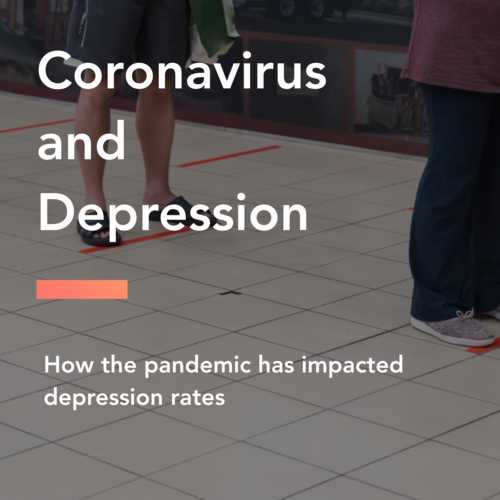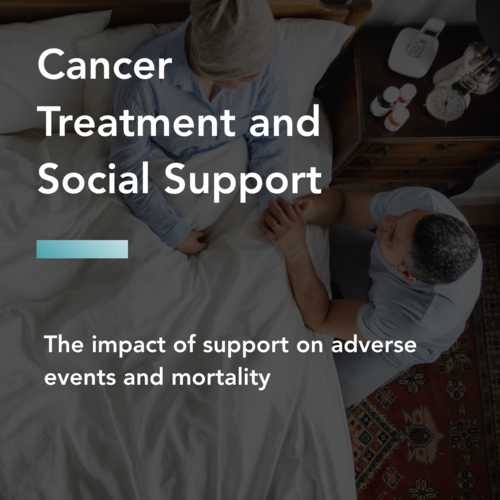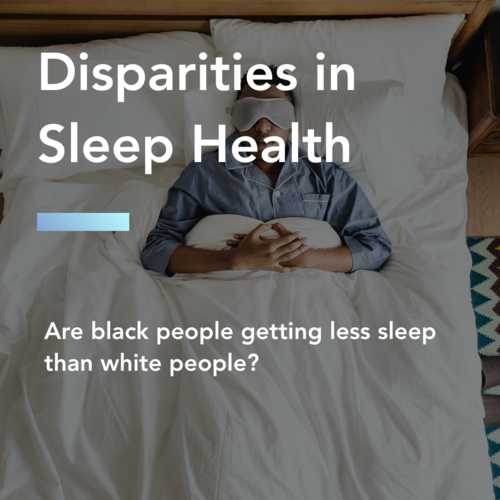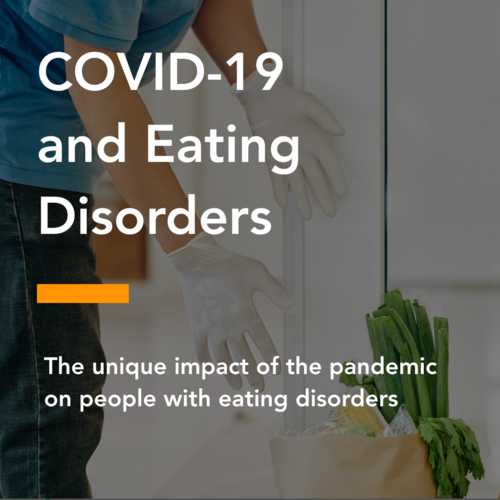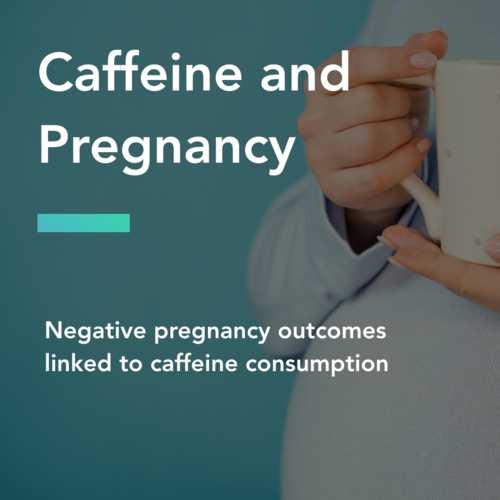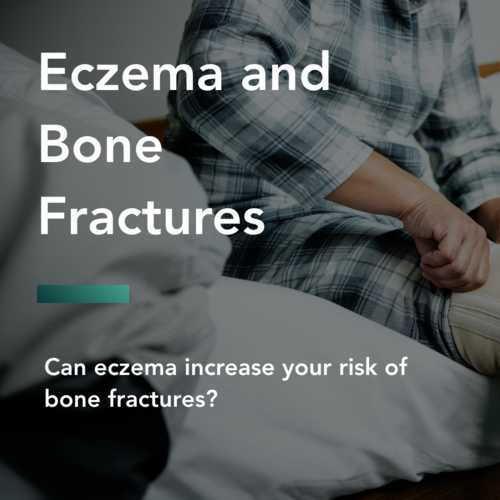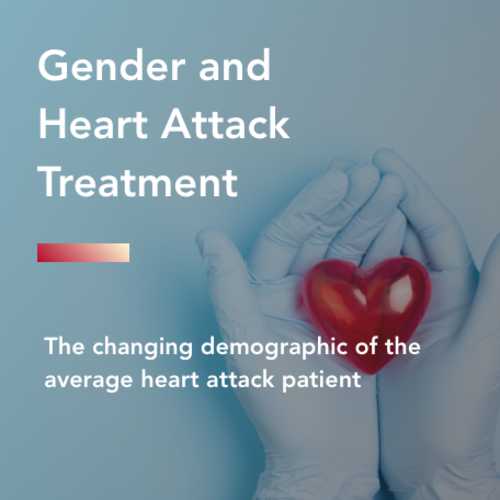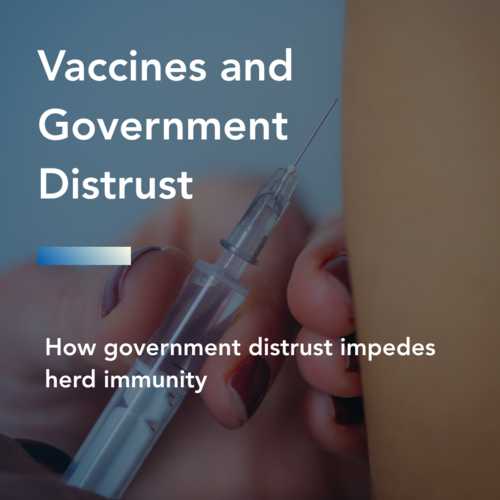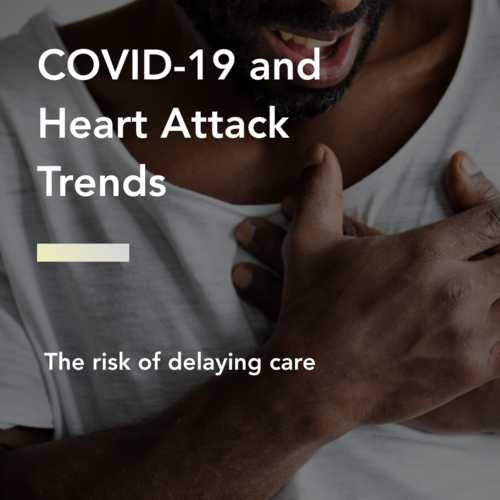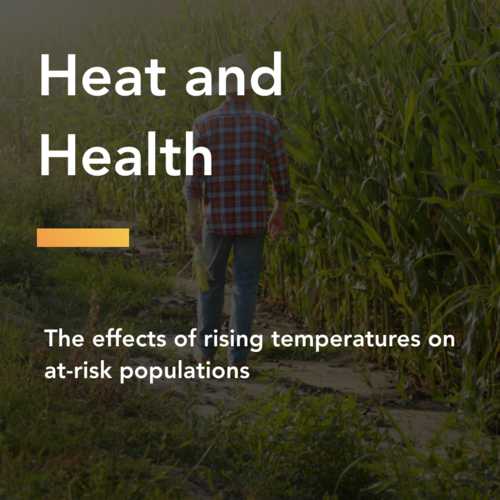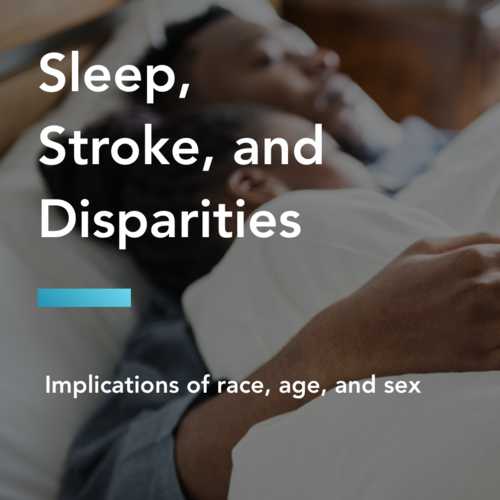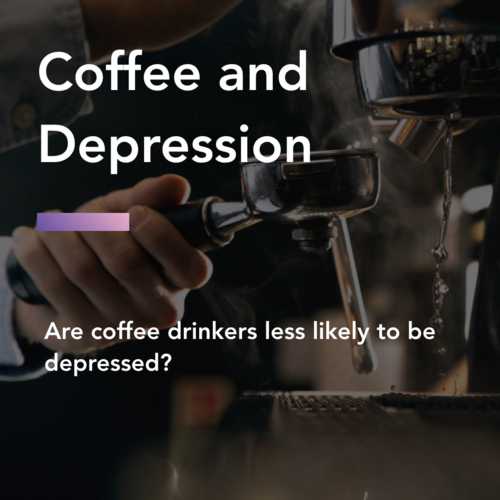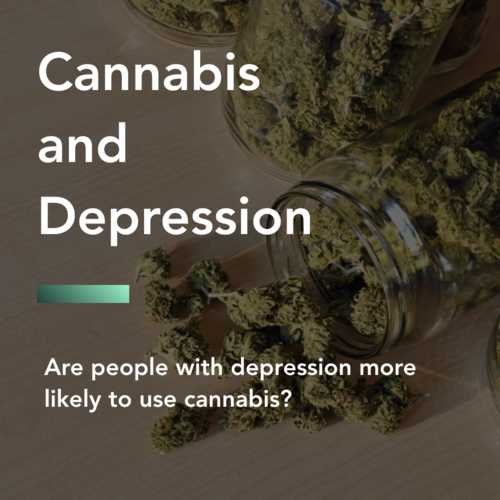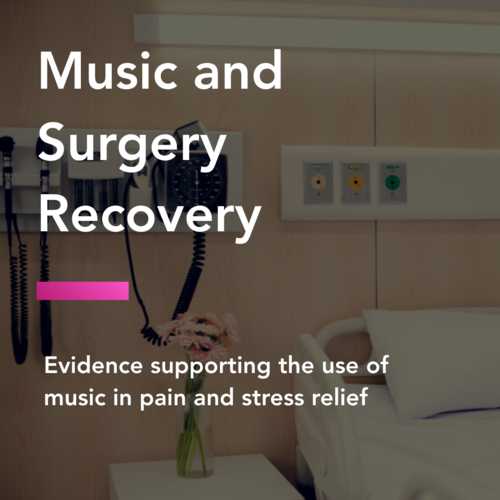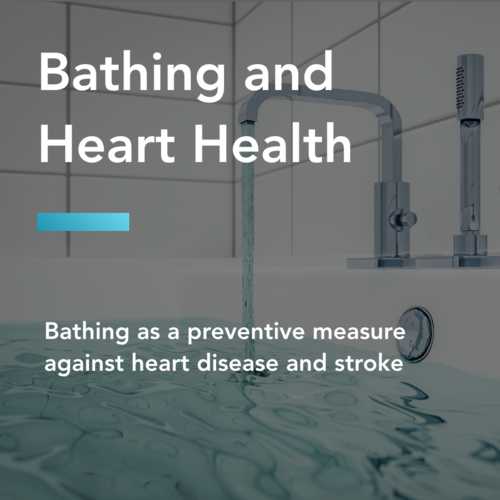Diabetes Risk by Race

Figure 1: Diabetes Risk by Race. Diabetes risk varies significantly by race. Asian Americans have over twice the risk of developing diabetes compared to White Americans. Hispanic Americans and African Americans have an estimated 57% and 46% higher risk of developing diabetes respectively. Thick bars are scaled to the estimated increase in risk of diabetes. Thin bars represent the confidence interval for each estimate. Circles are position based on the risk for each category.
When doctors look at a patient, it’s not just their height or weight or their laboratory results that affect outcomes. It’s also who they are where they live what kind of life circumstances they have experienced.
New research is showing that when we call socioeconomic factors matter. A new study quantifies how these factors affect diabetes risk.
When it comes to race, there are significant differences in diabetes risk among Americans. Asian Americans have over twice the risk of developing diabetes compared to White Americans.
Why is Diabetes Dangerous?
Type 2 Diabetes can affect organs across the human body. Over time, it can cause permanent disability and death through a multitude of mechanisms. The American Diabetes Association estimates that diabetes is the 7th leading cause of death. Common causes of death include heart disease and stroke. Common causes of disability include infections and amputations.
+
Sample Size - This study had a very large sample size with 41,745 patients.
+
Effect Size - This study found significant and relevant effects for diabetes.
+
Study Type - This study used a prospective cohort study. Given the study topic, this was an appropriate choice.
-
Bias Potential - Prospective Cohort Studies can only find correlations. There is significant potential for confounding and bias.
Source: Association of Social and Behavioral Risk Factors With Earlier Onset of Adult Hypertension and Diabetes
Diabetes Risk by Education Attainment

Figure 2: Diabetes Risk by Education Attainment. Diabetes risk varies significantly by education attainment. Those with less than a high school education have a 58% higher risk of developing diabetes compared to college graduates. Those with a high school degree or some college have an estimated 47% and 39% higher risk of developing diabetes respectively. Thick bars are scaled to the estimated increase in risk of diabetes. Thin bars represent the confidence interval for each estimate. Circles are position based on the risk for each category.
When looking at education, we can see a similar pattern where risk varies significantly based on a person's education.
Those who have graduated from college have the lowest risk of all, whereas those who have not graduated from high school have the highest risk of diabetes. This follows a dose-dependent relationship, which supports the significance of this link.
Dose Dependent Relationships
Dose dependent relationships refer to a relationship between a stimulus and a response where the response varies based on the stimulus. A stronger stimulus, or a higher dose, induces a stronger response.
Source: Association of Social and Behavioral Risk Factors With Earlier Onset of Adult Hypertension and Diabetes
Diabetes Risk by Life Stressors

Figure 2: Diabetes Risk by Life Stressors. Life Stressors can significantly increase the risk of diabetes. Those who have experienced domestic violence have a 68% higher risk of diabetes. Those living in areas of poverty have a 31% higher risk. Thick bars are scaled to the estimated increase in risk of diabetes. Thin bars represent the confidence interval for each estimate. Circles are position based on the risk for each category.
The circumstances of one's life can also play a large role in diabetes risk. Individuals who have experienced domestic violence have a 68% higher risk of developing diabetes.
Those who live in poor neighborhoods, experience significant financial worries, or have experienced periods of high stress, also have an elevated risk.
Source: Association of Social and Behavioral Risk Factors With Earlier Onset of Adult Hypertension and Diabetes
Depression vs Heart Attack Risk
Depression has been linked to worse health, particularly heart health. New research shows that treating underlying depression can reduce the odds of a heart attack. This adds to a growing understanding that mental wellbeing and physical wellbeing are closely linked.
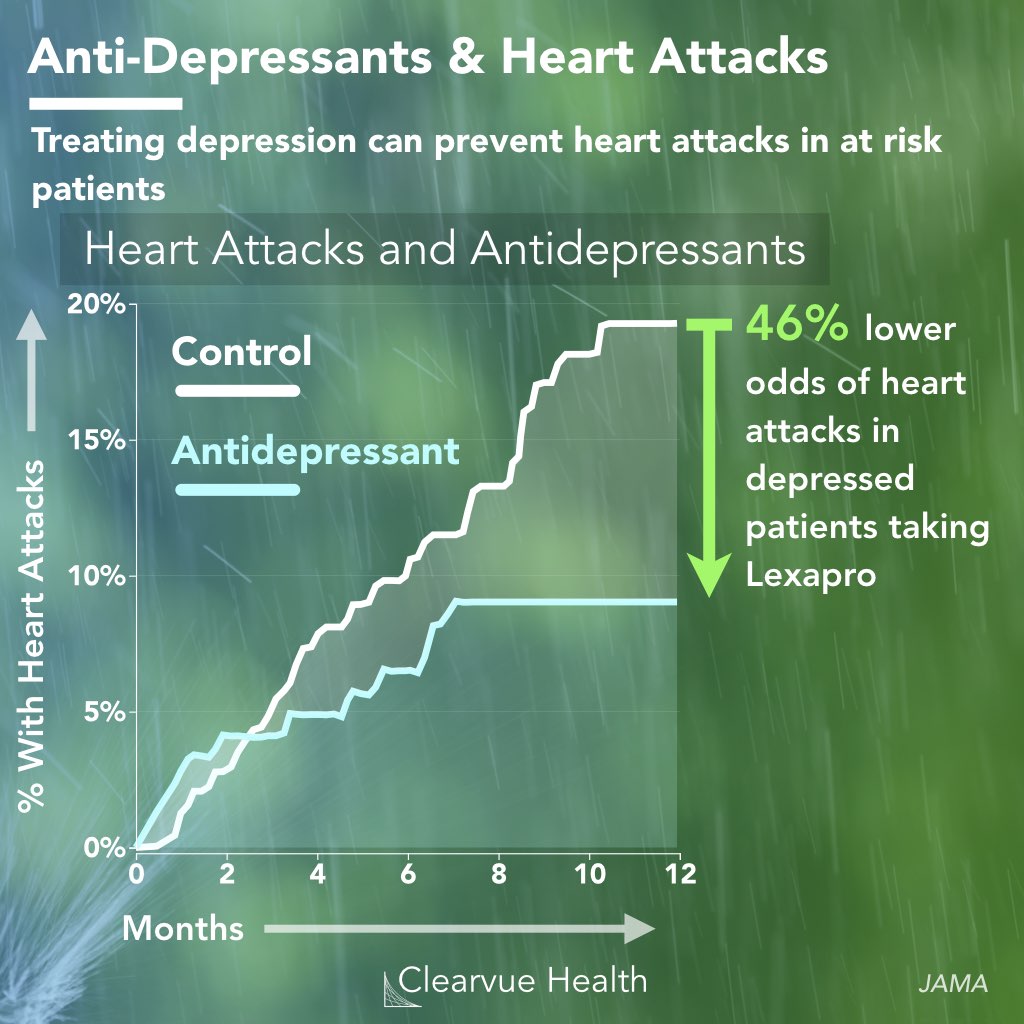
Sexual Harassment and High Blood Pressure
A recent study has found that sexual harassment and sexual assault are significantly associated with worse health indicators. A recent study has found that sexual harassment and sexual assault are significantly associated with worse health indicators. The CDC continues to find a high prevalence of sexual assault against both men and women.
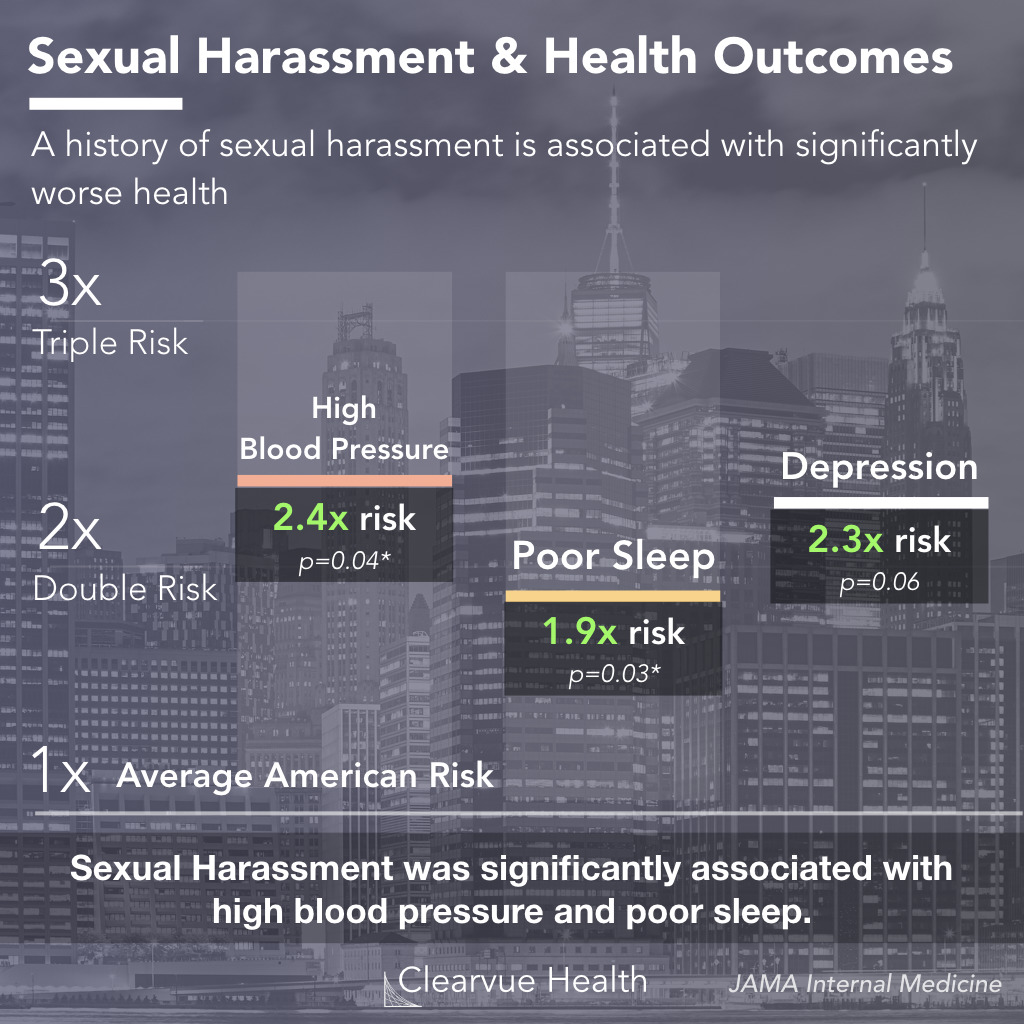
Centers for Disease Control
We know that poverty limits access to healthy foods and safe neighborhoods and that more education is a predictor of better health. We also know that differences in health are striking in communities with poor SDOH such as unstable housing, low income, unsafe neighborhoods, or substandard education. By applying what we know about SDOH, we can not only improve individual and population health but also advance health equity.
The American College of Obstetricians and Gynecologists
Although there is little doubt that genetics and lifestyle play an important role in shaping the overall health of individuals, interdisciplinary researchers have demonstrated how the conditions in the environment in which people are born, live, work, and age, play equally as important a role in shaping health outcomes.
Clearvue Health is not affiliated with above organizations. The information above is provided to highlight and link to useful further reading.
Key Takeaways
One of the biggest takeaways from this research is that mental health matters. Inadequate mental health can get in the way of good physical health. Life stressors can be just as important as genetics when it comes to disease risk.
This research also shows that when looking at risk, we need to take life circumstances into account. For example, Asian Americans may need to be more vigilant when it comes to diabetes screening and lifestyle interventions given their significantly higher risk of diabetes.






